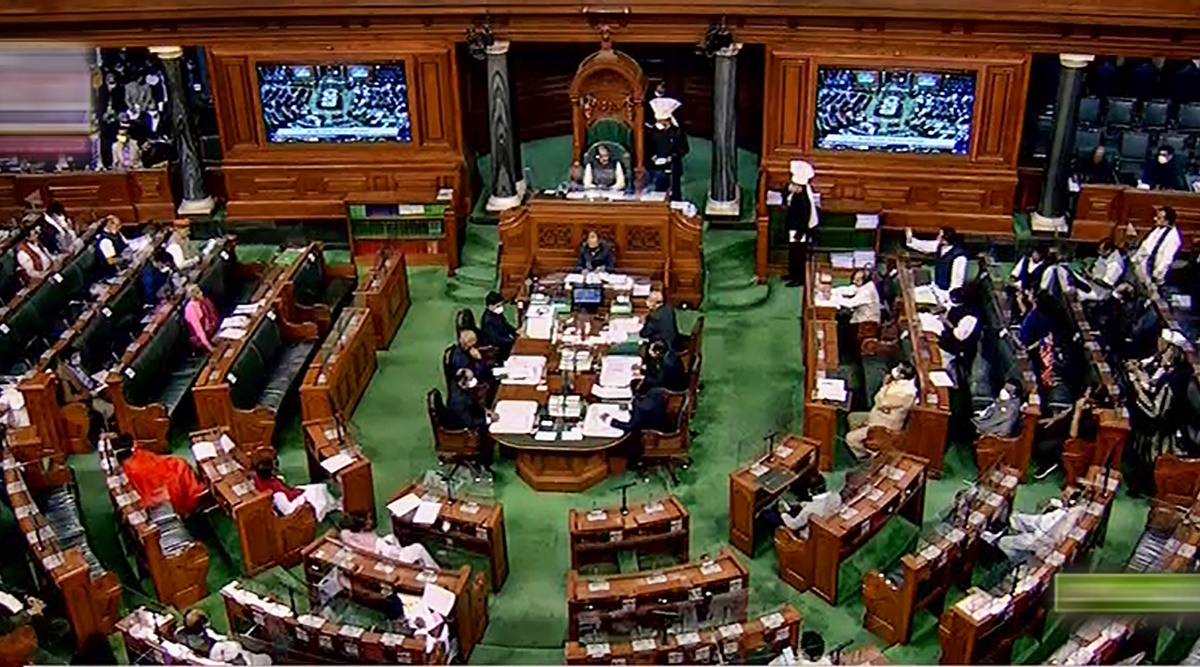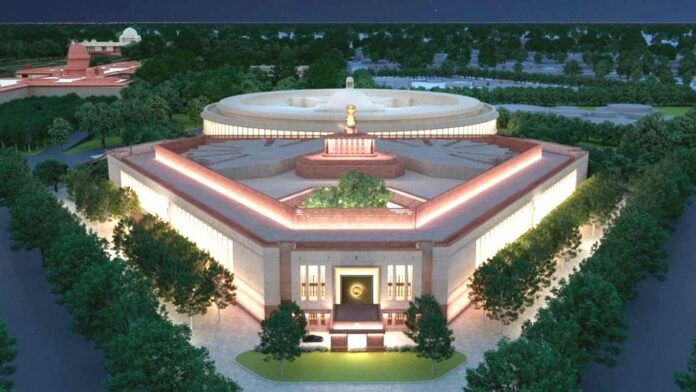In the midst of the ongoing controversy surrounding the historic “Sengol,” senior Congress leader and Member of Parliament from Thiruvananthapuram, Shashi Tharoor, shared his perspective on the matter. Tharoor delved into the intricacies of the debate, highlighting that while there are valid arguments on both sides, it is crucial to separate the issue from the contentious claim regarding the sceptre being handed to Jawaharlal Nehru. Tharoor emphasized the importance of recognizing the symbol’s significance in reflecting a continuum of tradition, irrespective of its specific origins.
Expressing his views on the #sengol controversy, Tharoor acknowledged the merits of the arguments presented by both the government and the opposition. He recognized the government’s stance that the sceptre represents the continuity of tradition, symbolizing sanctified sovereignty and the rule of dharma. Conversely, the opposition rightly contends that the sovereignty of the Indian people, as enshrined in the Constitution, resides within the Parliament and is not a privilege bestowed through divine right.
Tharoor suggested that these seemingly opposing positions can be reconciled by refraining from engaging in the questionable red herring surrounding the sceptre’s supposed handover from Mountbatten to Nehru, signifying the transfer of power. He emphasized the lack of concrete evidence supporting this story. Instead, Tharoor proposed a more inclusive approach, stating that the sengol sceptre should be regarded as a traditional symbol of power and authority. Placing it in the Lok Sabha serves as a reaffirmation that sovereignty rests with the people of India, as represented in their Parliament, rather than being tied to any monarch. Tharoor encouraged embracing this symbol from the past to reaffirm the values of the present.
The ruling Bharatiya Janata Party (BJP) had previously put forth the argument that the “Sengol” was handed over to Nehru by Lord Mountbatten to commemorate the transfer of power from British rule to Indian hands. However, the Congress party refuted this claim, asserting that the sceptre was presented to Nehru by a religious institution in the erstwhile Madras.
Shashi Tharoor Weighs In on ‘Sengol’ Controversy, Acknowledging Compelling Arguments from Both Sides
Tharoor’s intervention provides a nuanced perspective on the contentious ‘Sengol’ controversy, recognizing the validity of both sides’ arguments while highlighting the need to focus on the symbol’s broader significance. By considering the sceptre as a symbol of power and authority and affirming the sovereignty of the Indian people, the debate moves beyond specific historical claims and embraces a more inclusive and forward-looking approach. Tharoor’s insights contribute to a deeper understanding of the issue, fostering constructive dialogue and promoting a more comprehensive resolution.
Senior Congress leader and Member of Parliament from Thiruvananthapuram, Shashi Tharoor, recently entered the fray surrounding the historic “Sengol” by providing his nuanced perspective on the matter. Tharoor’s assessment recognizes the existence of compelling arguments from both sides, fostering a more comprehensive understanding of the issue at hand.
Tharoor initiated his commentary by acknowledging that the sceptre holds a significant place in India’s tradition, symbolizing a sense of continuity. He stressed the importance of separating this core aspect from the contentious debate over its alleged presentation to Jawaharlal Nehru by Lord Mountbatten. Tharoor argued that the crux of the matter lies in recognizing the sceptre as a powerful symbol that transcends specific historical narratives.
Shashi Tharoor Provides Nuanced Perspective on the ‘Sengol’ Controversy
Regarding the #sengol controversy, Tharoor underscored the merits of the arguments put forth by both the ruling Bharatiya Janata Party (BJP) and the opposition. The BJP contends that the sceptre represents the continuity of tradition and embodies sanctified sovereignty, reflecting the principles of dharma. On the other hand, the opposition rightly highlights that the Constitution was adopted in the name of the people, emphasizing the sovereignty of the Indian populace, which finds its expression in the Parliament.
Tharoor proposed a reconciliatory approach, suggesting that by setting aside the debatable claim surrounding the sceptre’s presentation to Nehru, a more constructive discussion can take place. He questioned the veracity of the story surrounding Mountbatten’s involvement and emphasized that it should not distract from the broader significance of the symbol itself. Tharoor advocated for embracing the sengol sceptre as a traditional symbol of power and authority, emphasizing that its placement in the Lok Sabha affirms the sovereignty of the Indian people and their democratic institutions.
 The BJP had previously argued that the “Sengol” was handed over to Nehru by Mountbatten as a symbolic gesture marking the transfer of power from British rule to Indian hands. However, the Congress party has refuted this claim, asserting that the sceptre was actually presented to Nehru by a religious institution in Madras.
The BJP had previously argued that the “Sengol” was handed over to Nehru by Mountbatten as a symbolic gesture marking the transfer of power from British rule to Indian hands. However, the Congress party has refuted this claim, asserting that the sceptre was actually presented to Nehru by a religious institution in Madras.
Tharoor’s intervention injects a much-needed perspective into the ‘Sengol’ controversy, acknowledging the validity of arguments from both sides. His approach focuses on the symbol’s intrinsic significance and the broader principles it represents, encouraging a constructive dialogue that moves beyond specific historical claims. Tharoor’s insights contribute to a more comprehensive understanding of the issue, fostering an environment conducive to resolving the controversy with greater understanding and respect for differing viewpoints.

